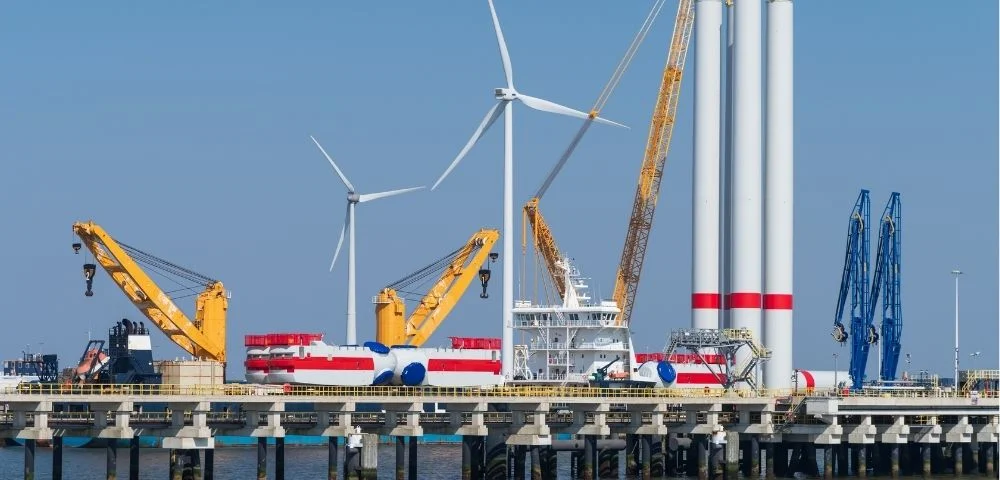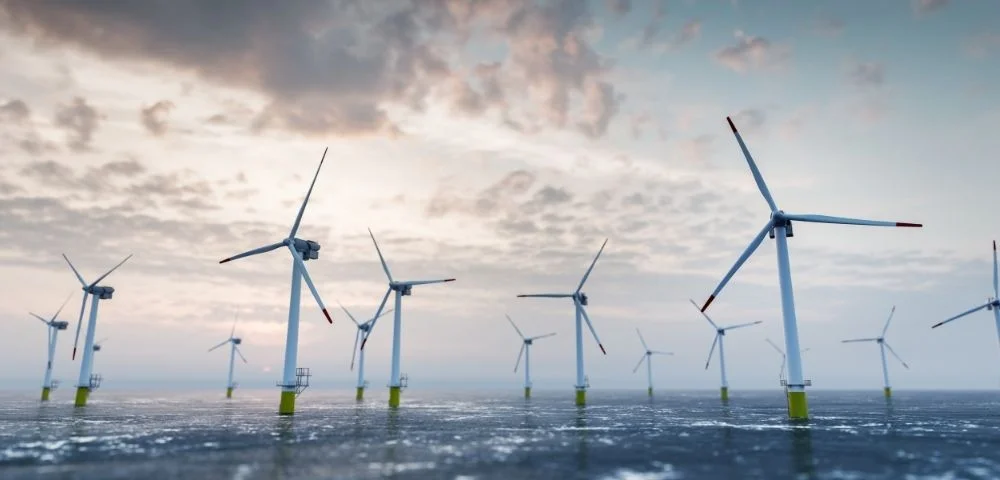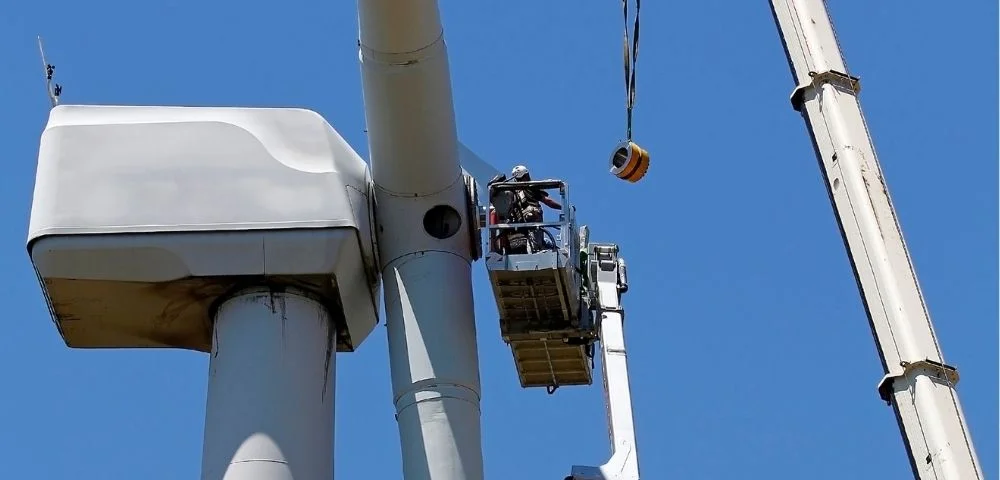Wind Energy in World and Turkey
Global wind energy production is increasing at a record pace today. According to the latest report published by the Global Wind Energy Council (GWEC), offshore wind has the highest growth potential among all renewable energy technologies. Currently, wind turbines generate approximately 7.5% of the world's energy production.
As of 2024, Turkey has approximately 12 GW of installed onshore wind power capacity, contributing to around 12% of the total energy consumed in the country. Additionally, Turkey's offshore wind energy capacity is estimated to reach up to 75 GW, which could potentially cover around 87% of the country's energy needs solely from wind energy.
However, considering that the total installed capacity of offshore wind farms worldwide is 64 GW, achieving such a high capacity in Turkey in the near future may not be feasible. Nevertheless, given this substantial potential, investing in offshore wind turbines is inevitable.
The increased utilization of wind energy, while a significant gain in energy sustainability, also brings new risks with it. This can lead to scenarios that endanger the lives of maintenance teams working on offshore wind turbines, negatively impact project timelines, and turn into inefficient investments if data-driven decisions are not made for the location due to the high investment required.
How Offshore Wind Farms Are Affected by Weather Events

Feasibility
As with any renewable energy source, meteorological information is crucial in wind energy. While it is true that offshore wind farms generate more power, their costs are equally high. This directly emphasizes the importance of feasibility studies.
In wind energy production, even a relatively small error in wind data used for feasibility, such as 0.5m/s, can result in a significant difference in the amount of energy generated. The fact that the amount of energy produced varies so much depending on wind speed is an indicator of the need for high-accuracy meteorological data in feasibility studies.

Logistics
Manufacturers transport the large components of offshore wind turbines from ports to the installation area by sea, as they cannot be transported by road. Severe weather events like storms can cause the loss of transported parts, while factors such as heavy rainfall or fog can delay operations. Therefore, reliable, high-accuracy, and timely weather forecasts are necessary to prevent these issues.

Construction
Weather plays a vital role during the construction phase of offshore wind farms. Specifically, it determines when and how crews can access the sites. Therefore, offshore workers need reliable weather forecasts and real-time weather information to effectively analyze environmental conditions for safety and efficiency.
Severe winds, water conditions, and lightning risks affect crew access to construction sites. Additionally, offshore wind farms experience highly variable wind speeds and wave heights throughout the day, making it difficult to program asset protection without being affected by weather conditions.

Operation
As discussed in feasibility studies, the variability of wind affects energy production significantly, playing a critical role in this context. Especially to avoid imbalance penalties due to inconsistent production forecasts, there is a need for high-accuracy regional wind forecasts.
Energy companies must make decisions based on reliable data to accurately predict wind speeds and directions. These accurate predictions help optimize both energy production and minimize imbalance penalties. Therefore, high-accuracy regional wind forecasts are critical for the energy industry.

Maintenance
It is vital to determine the optimal time for wind turbine maintenance. Weather forecasts play a critical role in optimizing maintenance operations and ensuring the safety of maintenance teams. Accurate weather forecasts enable the implementation of necessary measures for timely and effective maintenance.
For instance, maintenance activities may need to be postponed or safety protocols enhanced in anticipation of severe weather events like storms or heavy rainfall. Additionally, weather forecasts aid in planning the equipment and materials needed by maintenance teams, ensuring efficient and safe maintenance operations.
Buluttan Weather Intelligence: A Strategic Partner for Offshore Wind Farms
Buluttan Weather Intelligence provides high-accuracy, high-resolution hyper-local weather forecasts, granting access to precise meteorological information for feasibility studies of renewable offshore wind farm investments.
With reliable weather intelligence, it forecasts energy production levels with clarity up to a 100m resolution, thus preventing unexpected penalties. Periodic asset maintenance helps avoid the need for maintenance after major weather events. Buluttan Weather Intelligence optimizes asset maintenance operations. Predicting short-term and seasonal energy demands accurately is easier with Buluttan Weather Intelligence.
High-accuracy forecasts enable businesses to promptly and effectively respond to fluctuations in energy demand, staying ahead of fast and unpredictable changes. Contact us to discover your energy production and distribution needs.






